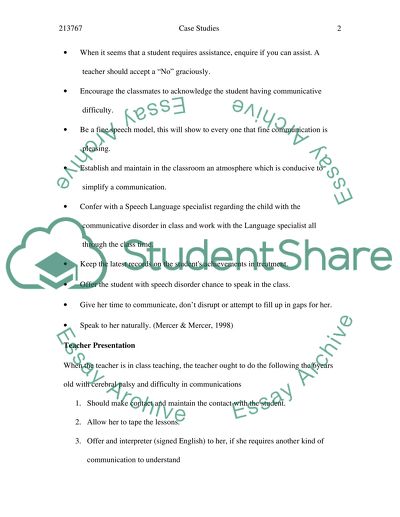Cite this document
(Teaching Students with Learning Difficulties Case Study, n.d.)
Teaching Students with Learning Difficulties Case Study. Retrieved from https://studentshare.org/education/1502235-teaching-students-with-learning-difficulties
Teaching Students with Learning Difficulties Case Study. Retrieved from https://studentshare.org/education/1502235-teaching-students-with-learning-difficulties
(Teaching Students With Learning Difficulties Case Study)
Teaching Students With Learning Difficulties Case Study. https://studentshare.org/education/1502235-teaching-students-with-learning-difficulties.
Teaching Students With Learning Difficulties Case Study. https://studentshare.org/education/1502235-teaching-students-with-learning-difficulties.
“Teaching Students With Learning Difficulties Case Study”, n.d. https://studentshare.org/education/1502235-teaching-students-with-learning-difficulties.


